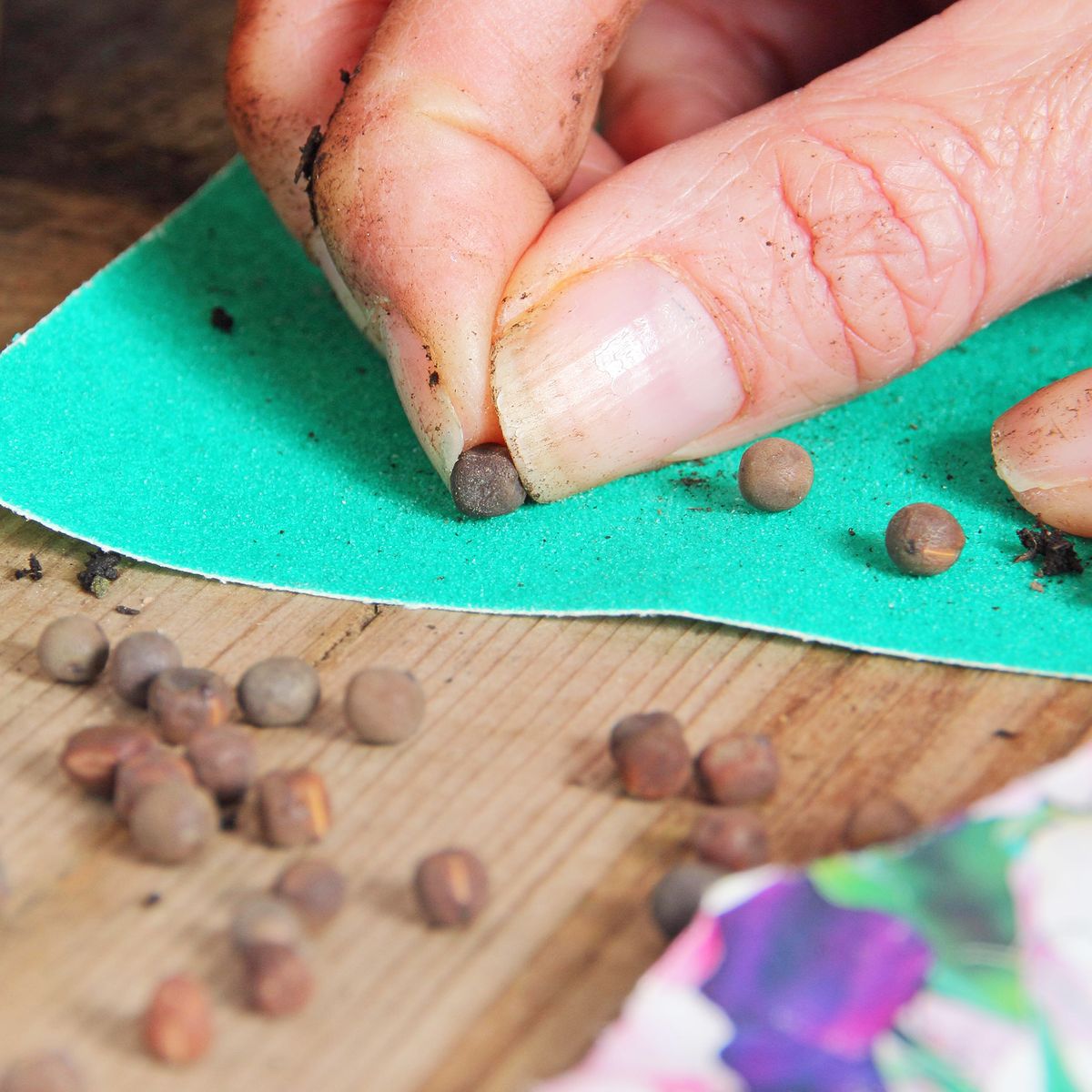Often considered only a minor houseplant pest, fungus gnats can quickly become a major issue if an infestation gets out of hand. Here’s how to identify, get rid of, and prevent fungus gnat infestations in your plants.
What are Fungus Gnats?
Fungus gnats are a fruit fly–sized insect pest that primarily affects indoor houseplants. Attracted to the moisture of potting soil, adult gnats lay their eggs (up to about 200) on organic matter near the soil surface. After about three days, the eggs hatch into larvae, which burrow into the soil to feed on fungi and decaying plant material. Two weeks after that, adult gnats emerge from the soil to repeat the process. Adults live for about one week.
Fungus gnats are completely harmless to humans, since they can’t bite and don’t spread diseases. They can be a problem for houseplants, however, when their population explodes and their larvae starts to feed on plants’ roots. Fungus gnats may also spread Pythium, a group of plant pathogens that causes “damping off” in seedlings.
Once you have a fungus gnat infestation, using consistent management and prevention techniques is key to ending it. Further down on this page, we’ve listed a few of the best ways to both get rid of adult gnats and prevent new gnats from emerging.
Table of Contents
1. How to Identify a Fungus Gnat
2. Fungus Gnat Damage
3. How to Get Rid of Fungus Gnats
4. How to Prevent Fungus Gnats











